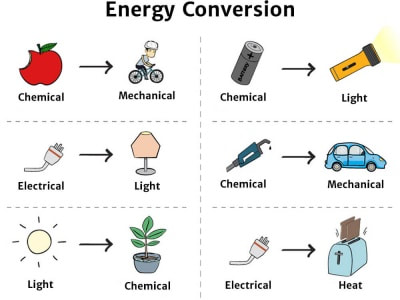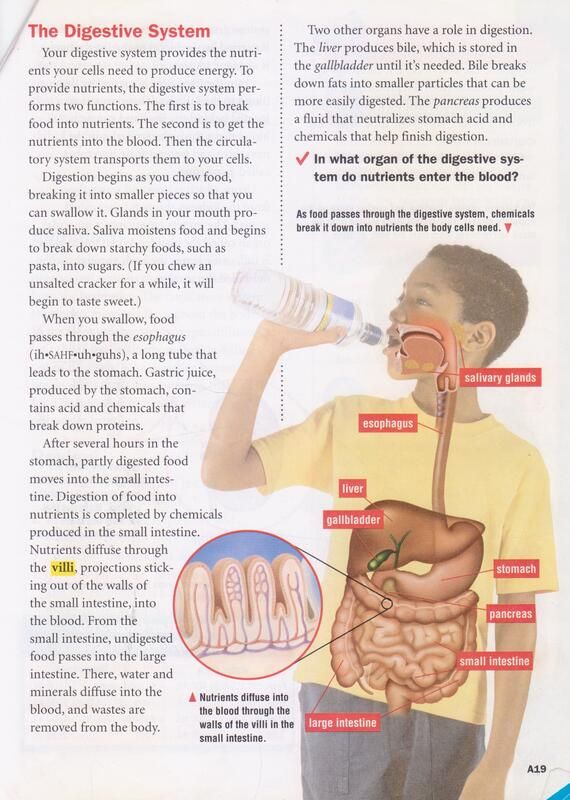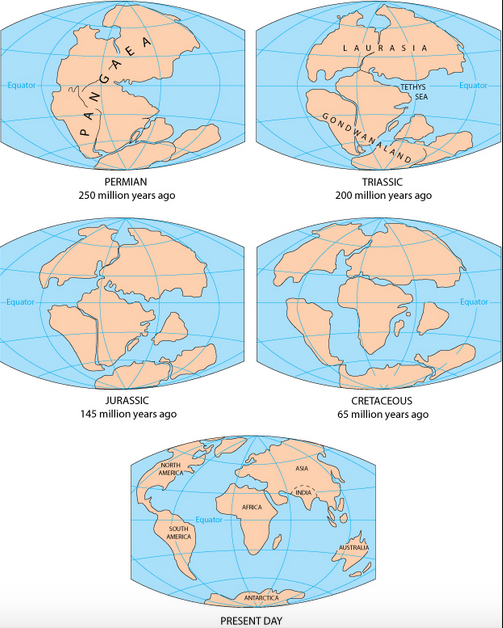You just entered the universe of sciences!
-
Stay Curious!
Natural History Museum Online ("ology")
Science Kids EduScience
Nal Geographic (videos) Smithsonian
StudyJam Simulations! MysteryDoug Videos
Engineering: Solving Problems and Designing Solutions
- Create a 24" high stand for Bear Statue
- in 20 minutes
- in teams of 4
- with only 100 index cards
- Create a 24" high stand for Bear Statue
- in 20 minutes
- in teams of 4
- with only 100 index cards
-----------------------------------------
Physical Science / Change
Energy and Waves
----------------------------------------------------------------------------------
-----------------------------------------
Life Science/Systems
------------------------------------------------------------------------
The Human Body
-------------------------------------------------------------------
The Digestive System Challenge
Explain the role of each part of the system
with a model (a drawing with precise labels) and a perfect paragraph
Word bank: mouth/saliva, esophagus, stomach, liver and gall bladder,
pancreas, small intestine, large intestine.
-----------------------------------------------------------------------
The Muscular and Skeletal Systems Challenge
Explain how the muscular and skeletal systems work together.
As an example,
you'll describe how your biceps moves the forearm up
with a model (a drawing with precise labels)
and a paragraph to describe the action.
You must include all these words as labels:
tendons, ligaments, muscles, biceps, bones, joints
(verbs: pull, attached to)
--------------------------------------------------------
Procedure:
1. Watch Mystery Science Lesson: Muscles
(Done during Life Science)
Take some notes to explain how a muscle moves a bone.
2. Read and answer questions about the skeleton
on ReadWorks: Bone On The Go (assignment)
Take notes.
3.Watch this video and take some notes
to explain how a muscle moves a bone.
How Your Muscles Works (video)
4.
a. Read the two texts provided (Textbook.) Take notes.
b. Listen to: https://kidshealth.org/en/kids/muscles.html?ref=search
Add notes if you find a new fact
or if it contradicts what you have found!!!
5. In Google Classroom, create a Google Doc.
Use your notes to write a perfect paragraph.
Include a drawing to explain and submit.
|
|
--------------------------------------------------------------------------------
The Circulatory and Respiratory Systems Challenge
Explain how both systems work together to feed all cells in our body
with a paragraph and a model (a drawing with precise labels)
Word bank:
lungs, blood, air (carbon dioxide/oxygen), heart, chambers, veins,
arteries, capillaries, cells, breathe in (inhale), deliver, breathe out (exhale)
1. Researching (taking notes, of course!)
Respiratory System (Clip and Quiz) Circulatory System (clip and Quiz)
Circulatory System (Animation) Heart (Animation) Study Jam
2. Read along: "The Lungs"
Very little notes to take. Focus on oxygen and carbon dioxide.
3. Read along "The Heart"
You do NOT need to explain how the heart pumps blood with all details.
Just tell the main paths of the blood.
4. Drawing and explaining:
the heart will be the center piece of the drawing.
5. Write a perfect paragraph to explain
how both systems work together to feed all cells in our body
Words to be included:
lungs, blood, air (carbon dioxide/oxygen), heart, chambers, veins,
arteries, capillaries, cells, breathe in (inhale), deliver, pick up, breathe out (exhale)
Optional: oxygenated blood - deoxygenated blood
-------------------------------------------------
Plants/Systems
--------------------------------------------------
First, a must: a video about how we help each other (symbiosis).
How Do Plants Support Themselves and Grow?
Text to Read
How Do Plants Get Energy? (Photosynthesis)
Goal:
explain how most plants feed themselves (in your own words)
include a model (drawing)
Photosynthesis (video) All about Plants (30minutes video)
Text to read
How Do Plants Reproduce? (Pollination)
Goal:
explain how most plants reproduce (in your own words)
include a model (drawing)
Flowers (video)
Problem: Why Are Bees Disappearing? (text)
| pollination.ppt | |
| File Size: | 3681 kb |
| File Type: | ppt |
--------------------------------------------------------
Earth Sciences/Cause & Effect
------------------------------------------------------------------------------------------------
Part One: How do we know Earth history? Fossils
In-Class: Mystery Science: The Phenomenon: a fossil site
History Of Life (For review - first two only)
-----------------------------------------------------------------
In-Class: Mystery Science: The Phenomenon: a fossil site
History Of Life (For review - first two only)
-----------------------------------------------------------------
Homework: Webquest
Create a simple slide-show with Google Slide to explain:
- What is a fossil?
- Why are they important?
- What are the main kinds of fossil and how do they form?
|
Virtual Fossil Museum (explore last link/big pictures)
Fossils in pictures Strata/Fossilization All about fossils Fossils for kids Fossils in amber Research Images of Fossils according time |
|
--------------------------------------------------------------------------------------------
Part Two: Does The Earth Change? Volcanoes/Earthquakes
Mystery Science: Volcanoes and Patterns
Benchmark: Earth Changes/Volcanoes
(Earth's layers and plates)
Plate tectonics and earthquakes PBS (active map)
Plate Tectonics Game
Part Two: Does The Earth Change? Volcanoes/Earthquakes
Mystery Science: Volcanoes and Patterns
Benchmark: Earth Changes/Volcanoes
(Earth's layers and plates)
Plate tectonics and earthquakes PBS (active map)
Plate Tectonics Game
--------------------------------------------------
Part three: Does the Earth Change? Weathering and Erosion
Part three: Does the Earth Change? Weathering and Erosion
Mystery Science: Will A Mountain Last Forever?
Weathering & Erosion with StudyJam Clip
I know my landforms!
Why do rivers meander? What is an avalanche? What is a landslide? How do deltas form?
--------------------------------------------------------------------------------
Optional: Three Types of Rocks or the Rock Cycle
First: Rocks are made of minerals. See some pictures.
Igneous Rocks What are sediments? Sedimentary Rocks Metamorphic Rocks
Three Types of Rocks
A slide-show



